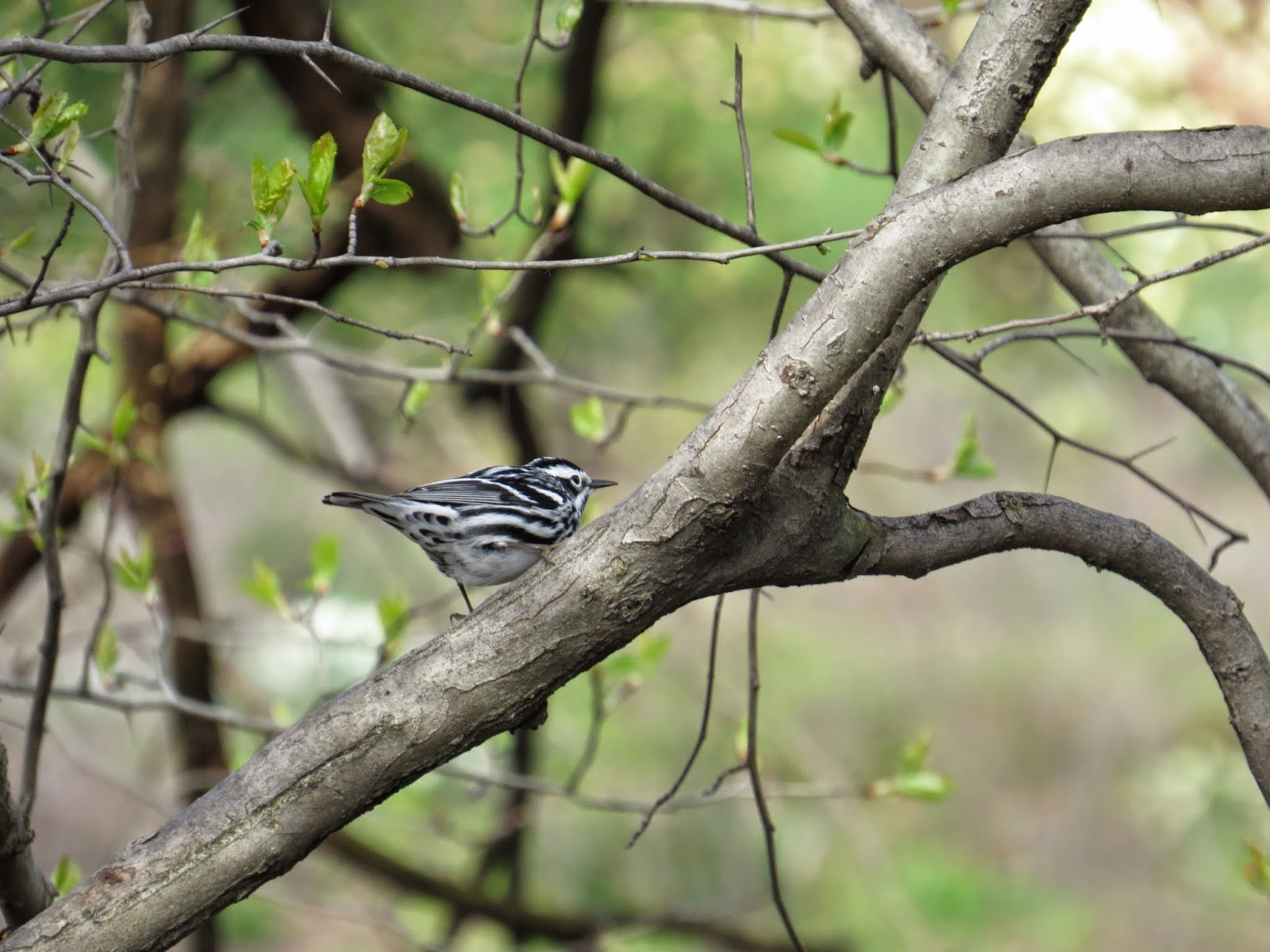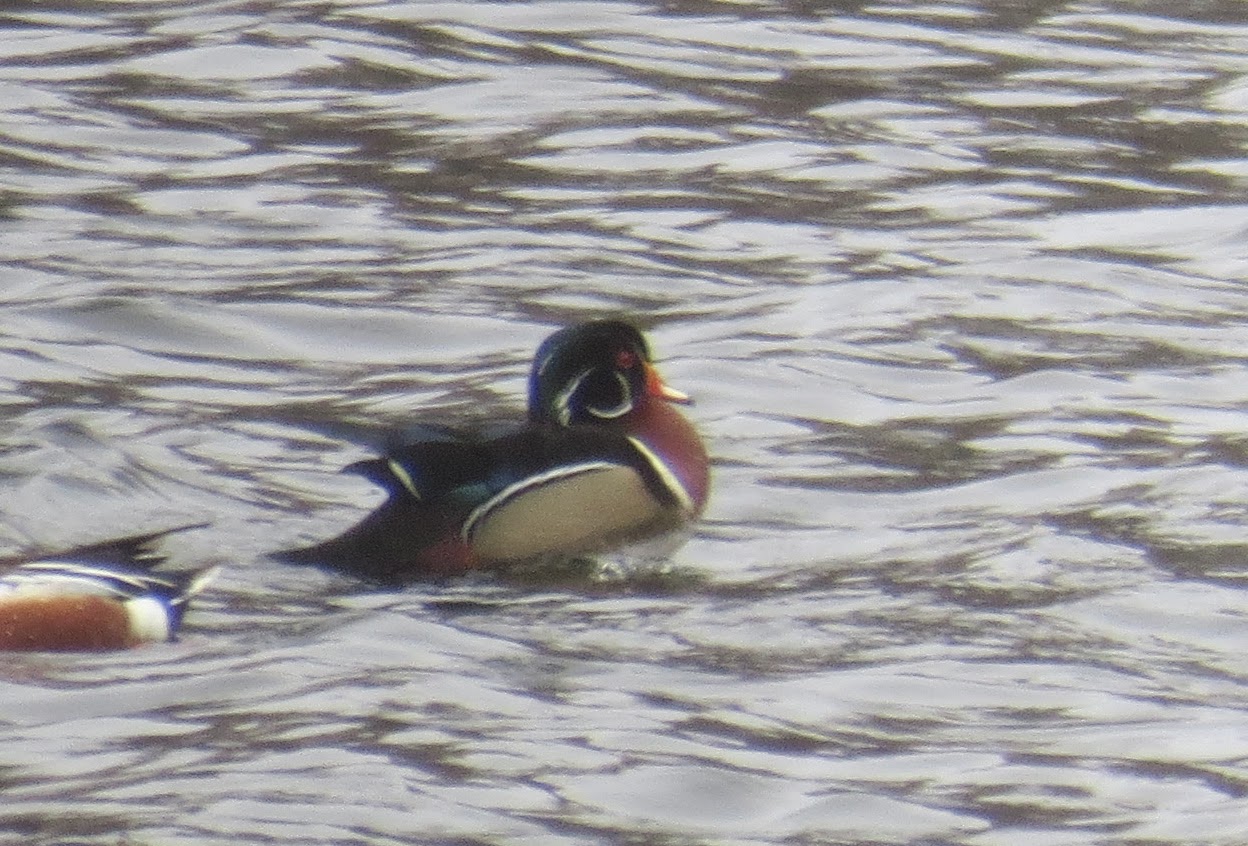The birding deities had a special gift for the residents of Gotham this holiday season. A Couch's Kingbird, native to a small range in Southern Texas, Mexico, and Guatemala, sojourned to New York City for the first time ever recorded. Take a glimpse at this flycatcher's range:
 |
| Thank you Cornell Lab of Ornithology |
How lucky we birders were that this individual chose to make Greenwich Village, of all places, its transient abode. Had the bird alighted in an uninhabited or inaccessible locale, I may never have seen it.
"Full many a gem of purest ray serene,
The dark unfathomed cave of ocean bear;
Full many a flower is born to blush unseen,
And waste its sweetness on the desert air."
Thomas Gray, "Elegy Written in a Country Churchyard," 1751
The Couch's Kingbird's ceaseless peregrinations intercepted my own at a fourth-floor fire escape at 11th St. and 4th St. It was my fourth outing to the neighborhood over as many days in an attempt to get a look at the fabled bird.
What a marvelous way to close out the 2014 birding year, glimpsing this extraordinary icon of adventure and beauty. I wish you well, dear reader, in the year ahead. Like the Couch's Kingbird, may you be forever seeking.
... and yet we must acknowledge that this Couch's Kingbird will someday yearn for home. Like the unremitting gyre of our months - January to June to January, again - it is in our nature to discover in our return that which we set out for in our wanderlust.
As I watched this beautiful animal through my binoculars, I thought: no man or bird needs a cage, but both need a home.
"Round the world! There is much in that sound to inspire proud feelings; but whereto does all that circumnavigation conduct? Only through numberless perils to the very point whence we started, where those that we left behind secure, were all the time before us."I was about to tell it to the bird, but then he flew off...
Herman Melville, "Moby Dick, or, The Whale," 1851































